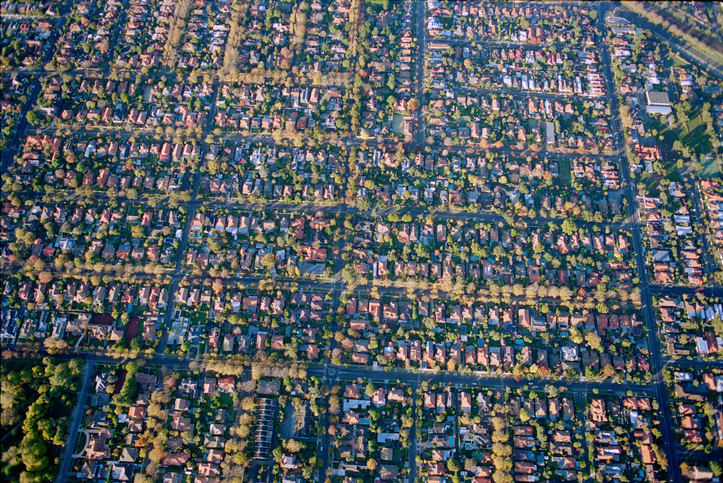Melbourne has become Australia’s fastest growing city over the past year with Melbourne’s population continuing to grow. What’s even more staggering is that Melbourne’s suburbs Cranbourne East, Craigieburn and Point Cook are also three of Australia’s fastest growing suburbs. South Morang, however, is Australia’s fastest growing suburb with more and more people moving there. In 2016 the population for both South Morang and Cranbourne East grew by over 5000 people.
The latest report from the Australian Bureau of Statistics (ABS) shows that Melbourne’s population skyrocketed by 107,770 people last year which has now taken the city’s overall population to 4.64 million.
Even though the Northern suburbs have grown immensely, Melbourne’s geographical centre is still Glen Iris near Tait Home Timber & Hardware on Park Road. However, as a result of the growth in the Northern suburbs, Melbourne’s population centre has moved a kilometre west and half a kilometre north with Victoria’s population has become centred on Bakers Road in Coburg North.
Victoria’s population has been predicted to almost double in the next 35 years, with the number of people living in inner and middle suburbs growing by one million. Currently, there is much debate around the over-supply of apartments in Melbourne. But we must note, that strong population growth across the state will continue and a significant number of people are going to want to live closer to the city and live in apartments.
An extra 2.2 million dwellings will be necessary to house the state’s population by 2051. This means we require almost 55,000 new dwellings a year over the next 35 years. Strong population growth is positive for the economy, but it does put an upward demand on existing dwellings and transport. It does require an adequate investment in infrastructure and planning.
However, in light of all the controversy in the media regarding the growth rate of investors in the market substantial discussion needs to be held around the changes to negative gearing and capital gains tax to investors in association to the interest rate increases by the major banks. The question which needs to be asked is: “are we trying to curb price growth in housing or reduce supply?” The key point to be remembered is that over many years, the rental market has always been an average of 30% of the overall population. We need investors as much as we need homeowners.
What are your views?
Contact us to speak with a training advisor about our Certificate IV and Diploma courses in Building and Construction.
